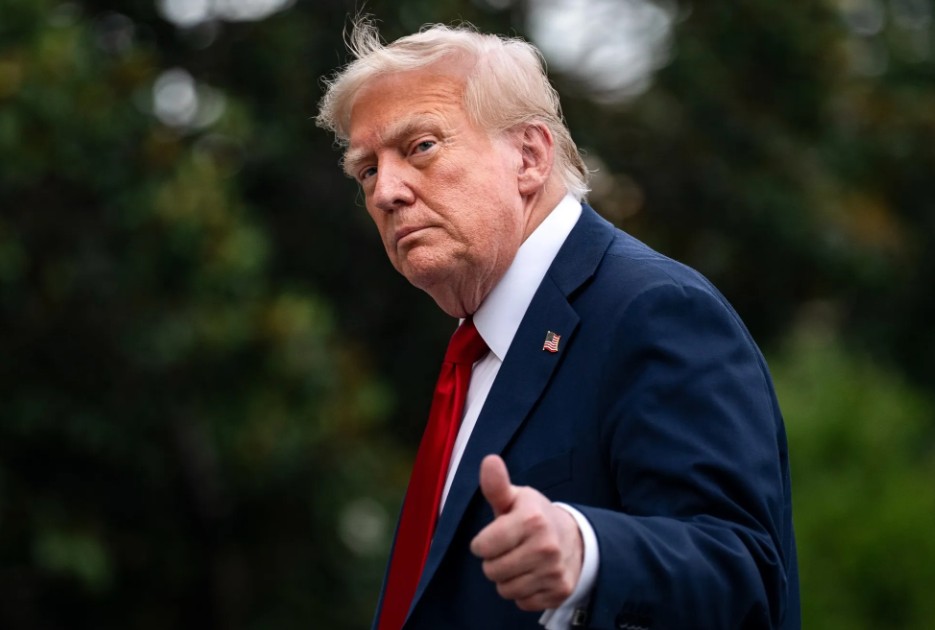ENB Pub Note: This article from Irina Slav on Oilprice.com is excellent, and we will cover this on our daily standup podcast.
- OPEC+ has agreed to modest monthly production boosts, keeping oil prices range-bound around $65 per barrel, which benefits consumer countries like the US but creates challenges for producer nations.
- Saudi Arabia’s strategy of unwinding production cuts has been seen as a gift to President Trump, aiming to keep fuel prices low and potentially impacting Russian energy revenues, but also causing worry in the US shale industry.
- The global oil market is a battlefield, particularly in Asia where demand is growing most strongly, with countries like Guyana and Brazil increasing exports, and even Europe continuing to import Russian crude despite sanctions.
OPEC+ yesterday agreed to yet another monthly boost in production, this time for a modest 137,000 barrels daily. Oil prices inched up, yet they remain tightly range-bound, with Brent at just over $65 per barrel following the news. On the one hand, this is good news for consumer countries—including the U.S. On the other hand, it’s bad news for producer countries—including, again, the U.S.
The Wall Street Journal called Saudi Arabia’s strategy of leading the production cut unwinding a gift to President Trump. It would keep prices at the pump low, the publication said, and cushion the blow from tariffs. It would also hurt Russian energy export revenues, making Trump’s job in mediating an end to the war in Ukraine easier, the argument went.
In some respects, the Saudi-led return to production growth in OPEC+ has indeed been positive for the U.S. with regard to retail fuel prices. The national average per AAA stood at $3.133 per gallon on Sunday. That’s down on the year, but, in all honesty, not much: a year ago, a gallon of fuel cost an average of $3.176. This is only a snapshot of gas prices in the United States, and it does not make much sense as an informative piece of data given state-based price differences stemming from taxation. California comes to mind as the place with the highest gas prices, regardless of OPEC+ policy.
At the same time, lower oil prices have caused worry in the shale patch. This may or may not have been among the goals of the Saudis and their OPEC+ partners when they made the decision to start unwinding those cuts agreed in 2022. Most media reports on the topic point to OPEC trying to win back market share from the U.S., Guyana, and Brazil.
However, there is more to this story than barrels from Brazil, the U.S., and Guyana, simply replacing barrels from Saudi Arabia and Iraq. For starters, take U.S. oil exports to China. Those plunged by almost 50% last year—before Trump started slapping tariffs left and right. The tariffs, of course, did not help. So U.S. oil had to be redirected to Europe.
Incidentally, Guyanese crude is also going to Europe, so Guyana and the U.S. are effectively as much of a pair of rivals as the U.S. and Saudi—except Guyana’s total production currently stands at less than 700,000 barrels daily. That’s hardly a real rival to either the U.S. or Saudi Arabia. Brazil, meanwhile, is indeed boosting its own crude oil exports—and a lot of these are going to China.
This is the battlefield of oil exporters—China and wider Asia. This is where demand is growing most strongly and where it will continue growing strongly after growth peaks elsewhere, at least according to the majority of forecasters. For now, however, demand is still growing, even in Europe—how else would one explain the fact that European countries continue importing Russian crude, despite sanctions and a recent push to end all energy imports from the country in a couple of months?
The Wall Street Journal’s article suggested that Saudi Arabia is trying to score points with President Trump. Saudi Arabia’s actions since the Biden administration’s fiasco in maintaining a close relationship with Riyadh, however, suggest it has other priorities, such as funding all the Vision 2030 projects, amid stubbornly low prices that, per OPEC, do not reflect demand trends accurately.
Trump, meanwhile, has an oil industry to make happy after making it angry about tariffs and those very same low oil prices that are plaguing Saudi Arabia’s economic transformation plans. The U.S. president’s energy dominance agenda will not work if drillers are not drilling because prices are too low for them to make a profit. However, this was always going to be a problem, regardless of what OPEC+ was doing with its own production. Trump’s twin goals of keeping prices at the pump low and oil drillers happy are mutually exclusive, after all.
While the business media looks for a Trump-related angle in OPEC+ production policies, the group keeps acting in confidence that rumors about oil demand’s demise are greatly exaggerated. That may be in part because some OPEC+ members have been slow in boosting their production by the numbers agreed—a fact that has kept a floor under oil prices. It is also about market share, which got eroded from the production cuts that kept prices higher. What it is rather unlikely to be about is carrying out another country’s energy policies for it.
In truth, what’s good for one major oil producer is good for all the others, namely, Goldilocks prices that keep demand healthy and do not overheat the market, risking a price slump and the resulting financial pain. This is why OPEC+ is not “dumping”, per one analyst, a massive amount of crude on the market. One might even argue that the flood days of OPEC policies are over.
By Irina Slav for Oilprice.com
Have you calculated your Tax Burden in 2025?
Crude Oil, LNG, Jet Fuel price quote
ENB Top News
ENB
Energy Dashboard
ENB Podcast
ENB Substack

